


Our Blogs
Explore our blogs brimming with valuable insights and information covering all aspects of the art world.
-
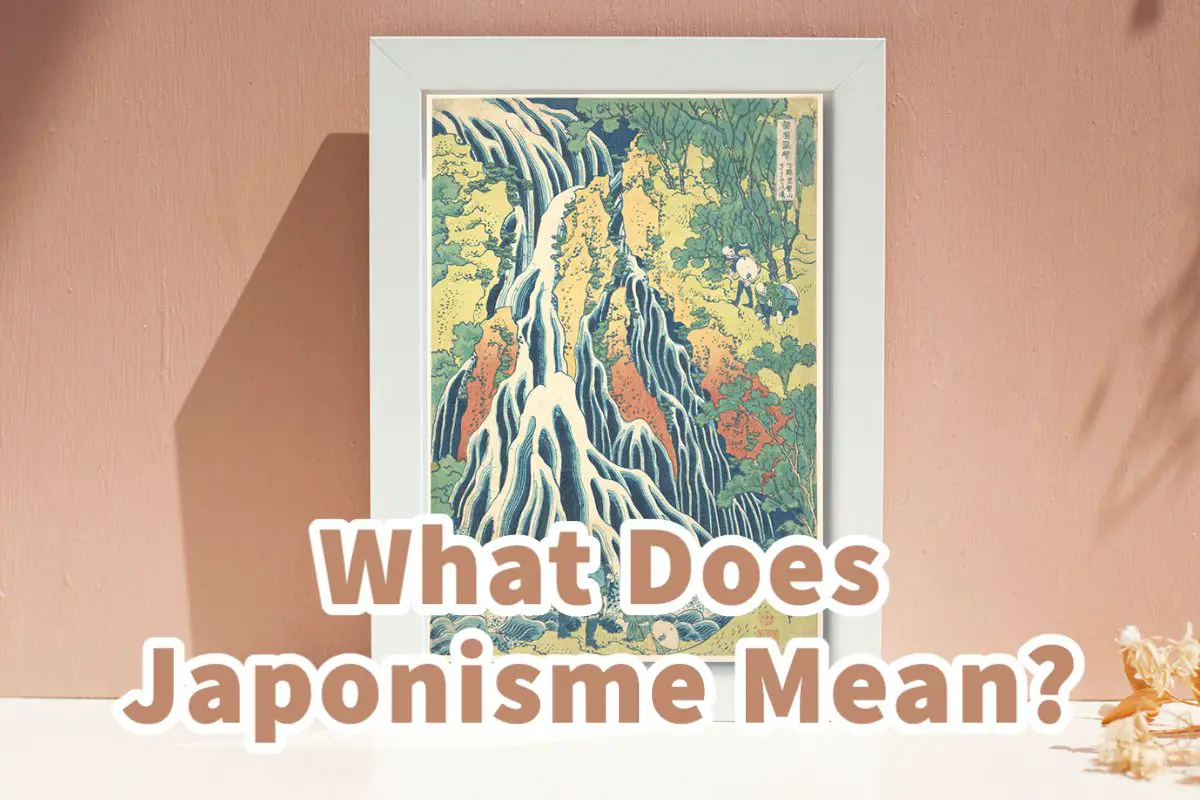
What Does Japonisme Mean?
When we speak about European art, we also need to talk about Japanese art’s influence on European and Western art. Many artists have been influenced by Japanese art. The term Japonisme is about the influence of Japanese art on European culture and arts. Most notably, Japanese woodblock prints influenced the Impression art movement. The Japanese…
-
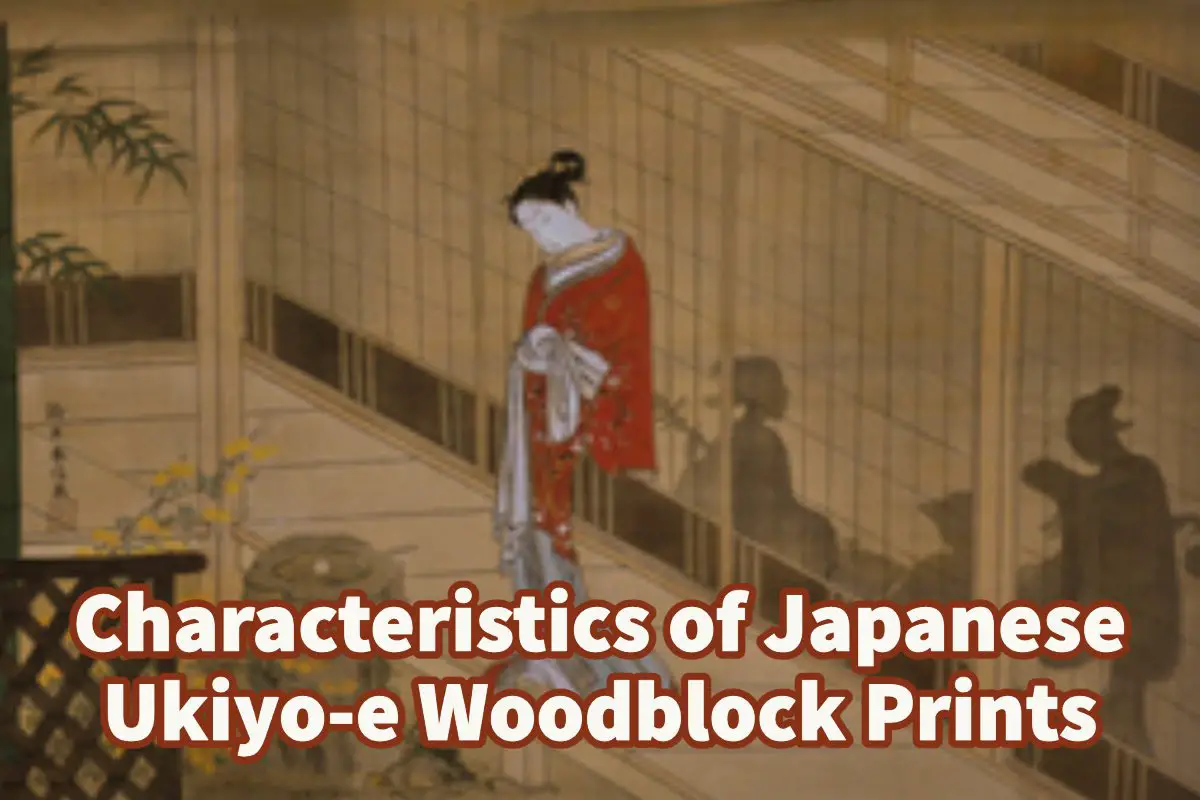
Characteristics of Japanese Ukiyo-e Woodblock Prints
The Japanese woodblock prints, also known as the Ukiyo-e period of Japanese woodblock print production, are from the 1670s to the 1900s. The name Ukiyo-e means “pictures of the floating world.” Japanese woodblock prints were produced to have a mass appeal to the Japanese audience. There are a lot of characteristics in Japanese woodblock print,…
-

How Do Museums Buy Art From Private Collectors?
When you go to an Art Museum and see all the incredible art displayed, many people wonder how a museum gets all this art. Do they buy it from private collections? The art museums will purchase art with an art council working together with the art museum curators to decide what should be bought and…
-
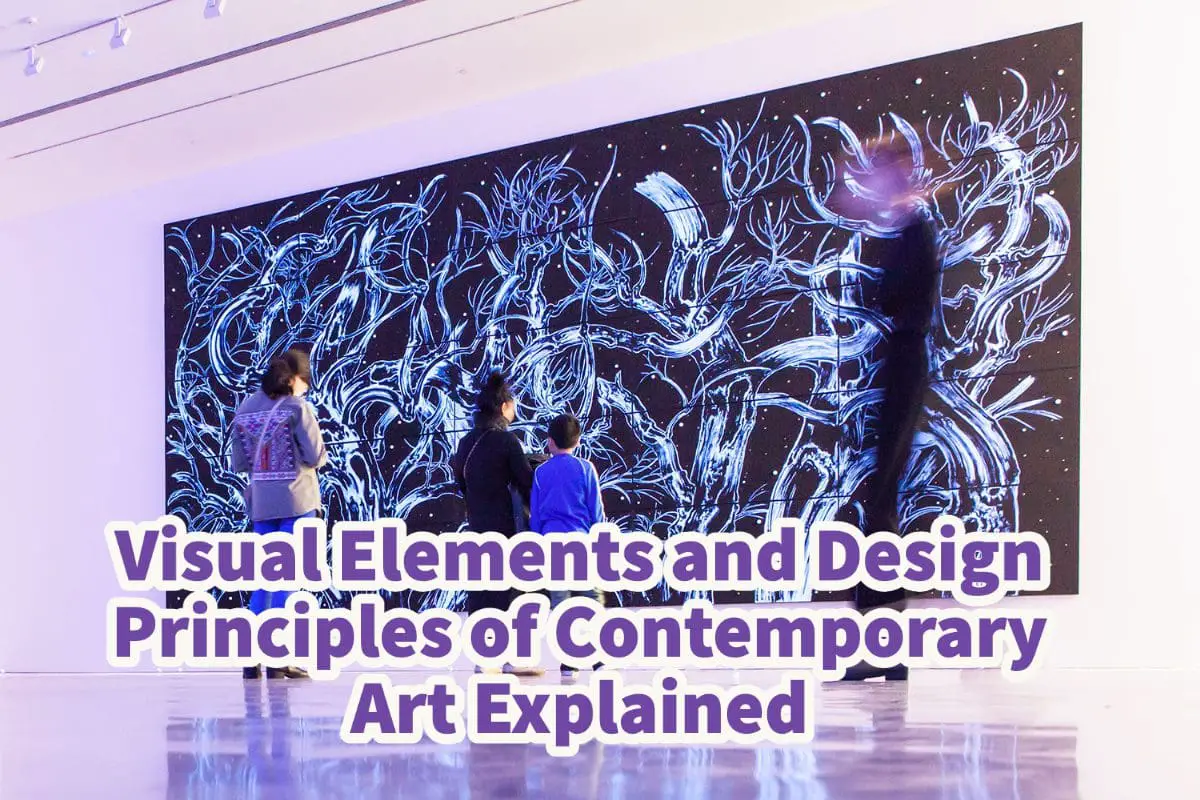
Visual Elements and Design Principles of Contemporary Art Explained
One of the important things about art is how the viewer experiences the art. Good artwork creates emotions and feelings for the viewer. When looking at contemporary art, the visual elements and principles of art and designs should be understood to help the viewer fully understand and immerse themselves in the art. By understanding these…
-
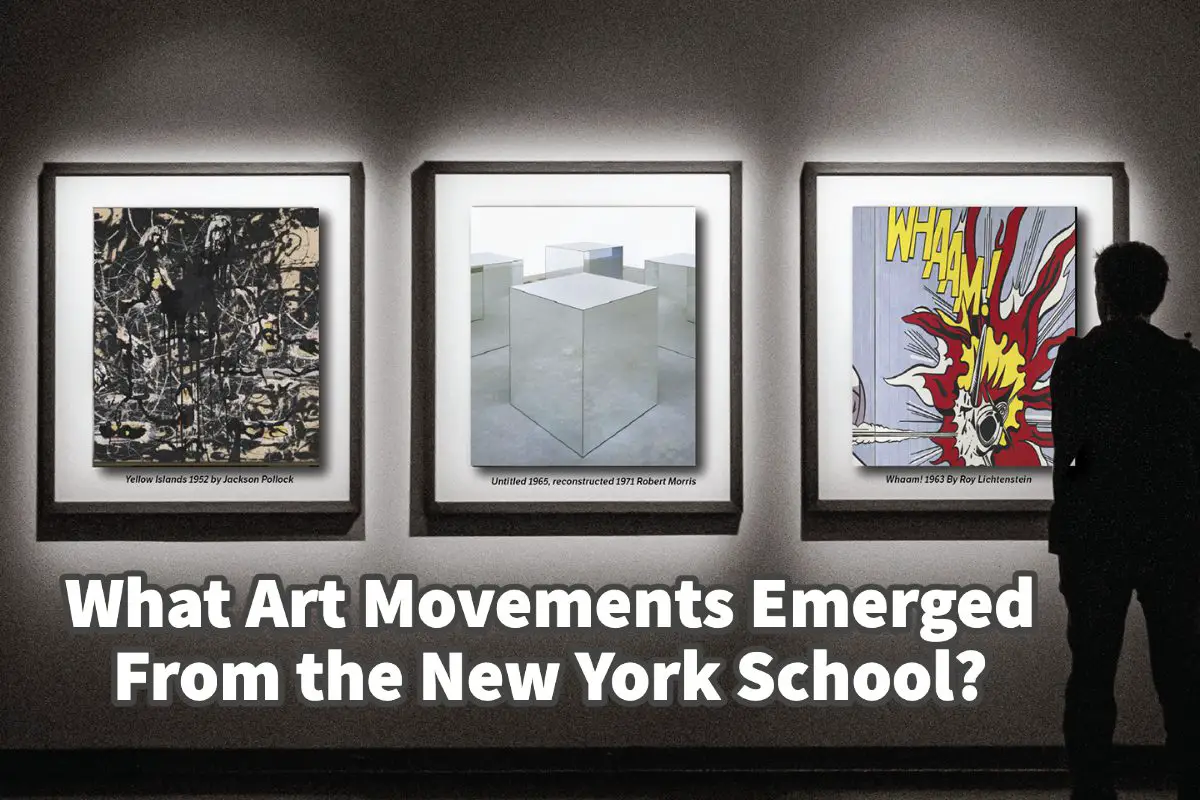
What Art Movements Emerged From the New York School?
The New York School of Artists has participated in creating contemporary art from the early 1940s in and around New York City. The New York School marked a shift when the art world’s center moved from Europe to the United States. One of the major movements that emerged from the New York school was Abstract…
-

Who Was Gustav Klimt Inspired By?
Many people know Gustav Klimt as the artist who produced the famous 1907 painting “The Kiss.” The Kiss is the masterpiece of two figures that melt into each other with a hungry embrace. Many artists have been inspired by this artwork and created variations of it. In his early artistic years, Gustav Klimt was inspired…
-
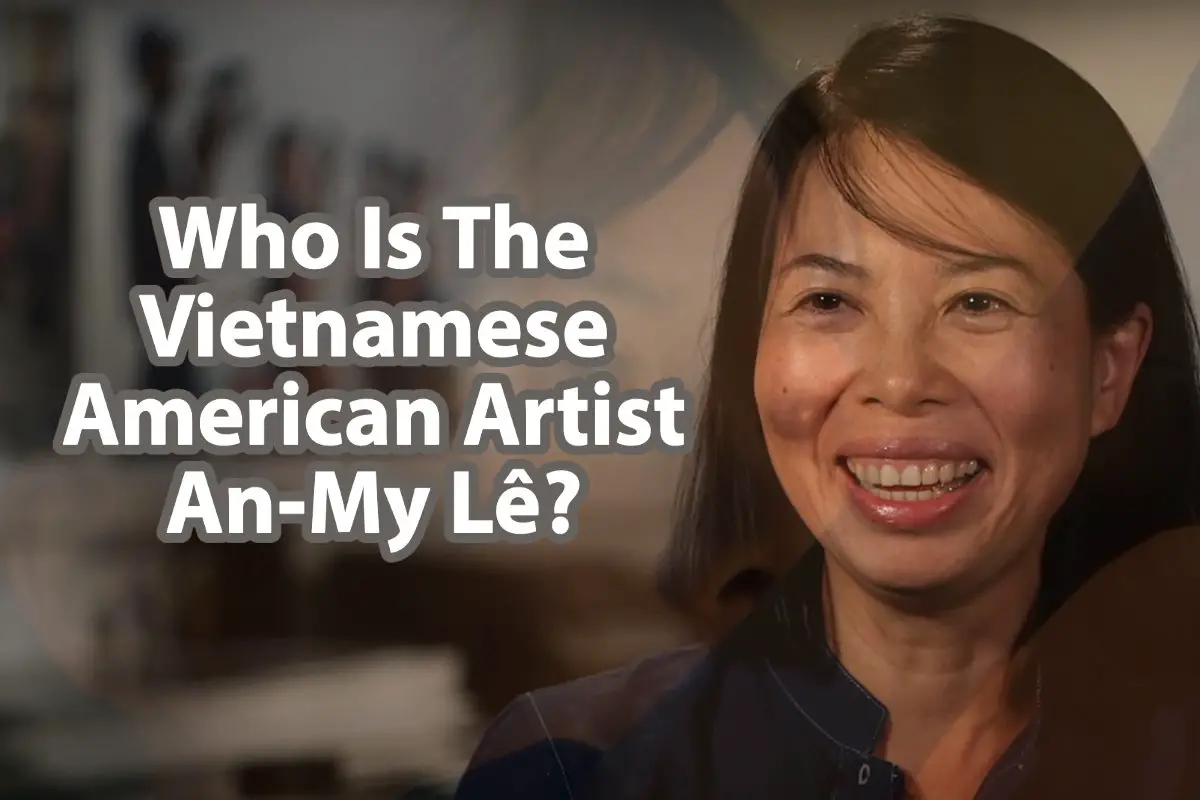
Who Is The Vietnamese-American Artist An-My Lê?
I was recently looking at the Milwaukee Public Art Museum; it was interesting to learn they were exhibiting photography from the Vietnamese-American artist known as An-My Le. My curiosity was piqued as I am from Milwaukee, but I live in Hanoi, Vietnam. An-My Le is an American-Vietnamese artist known for her landscape photography that incorporates…
-
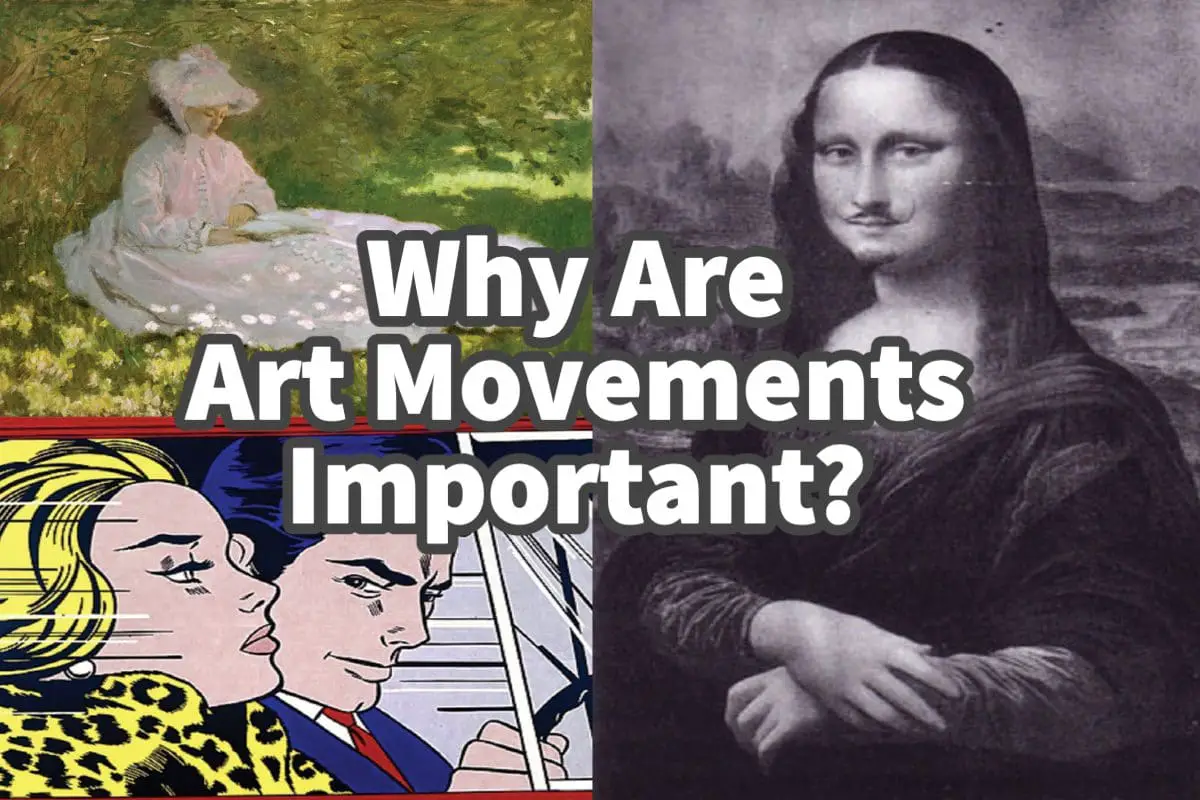
Why Are Art Movements Important?
If you are interested in studying art, you must understand why art movements continue to be essential to us. Understanding and knowing about art movements helps us learn more about the artists and their paintings. Understanding art movements is crucial not just for the artist but also for anyone interested in art. We can learn…
-
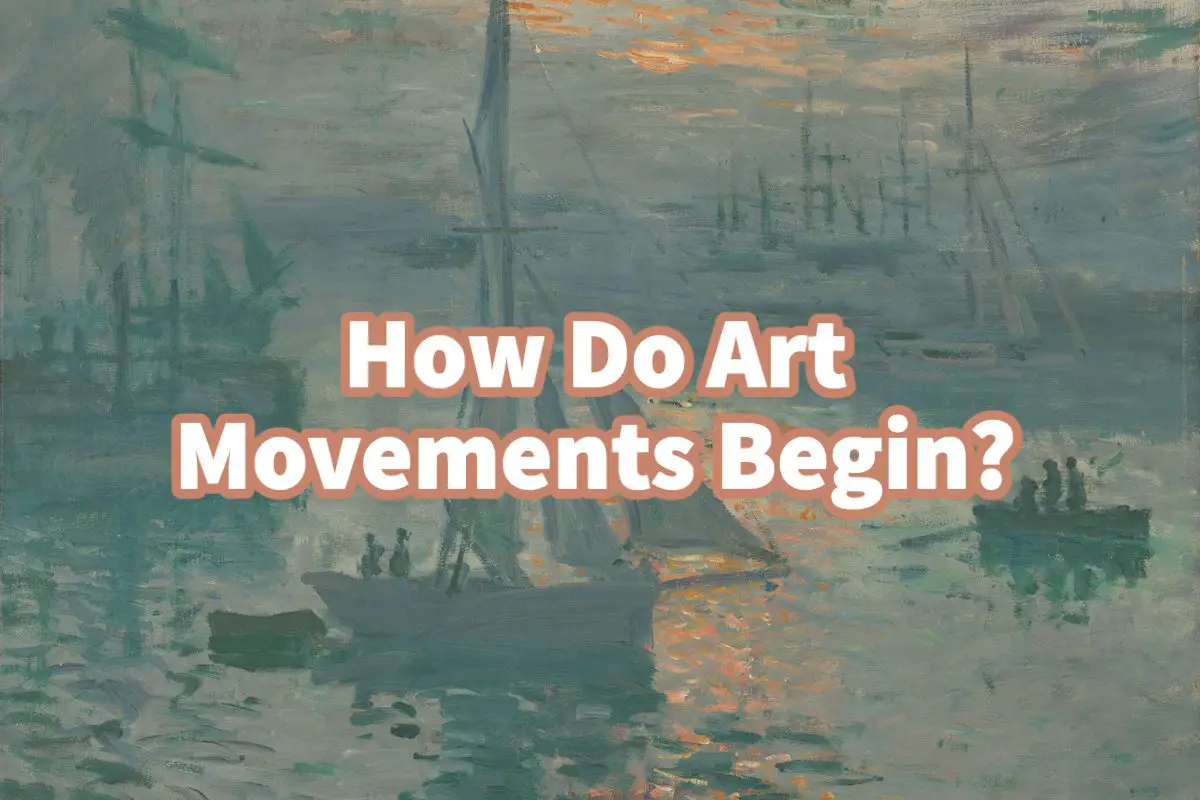
How Do Art Movements Begin?
Art movements can affect the way art is viewed during a specific period. There is usually some external force that will trigger an art movement by a group of artists. An art movement usually begins as a specific philosophy, goal, or objective that a group of typical artists have. This could include a standard belief…
